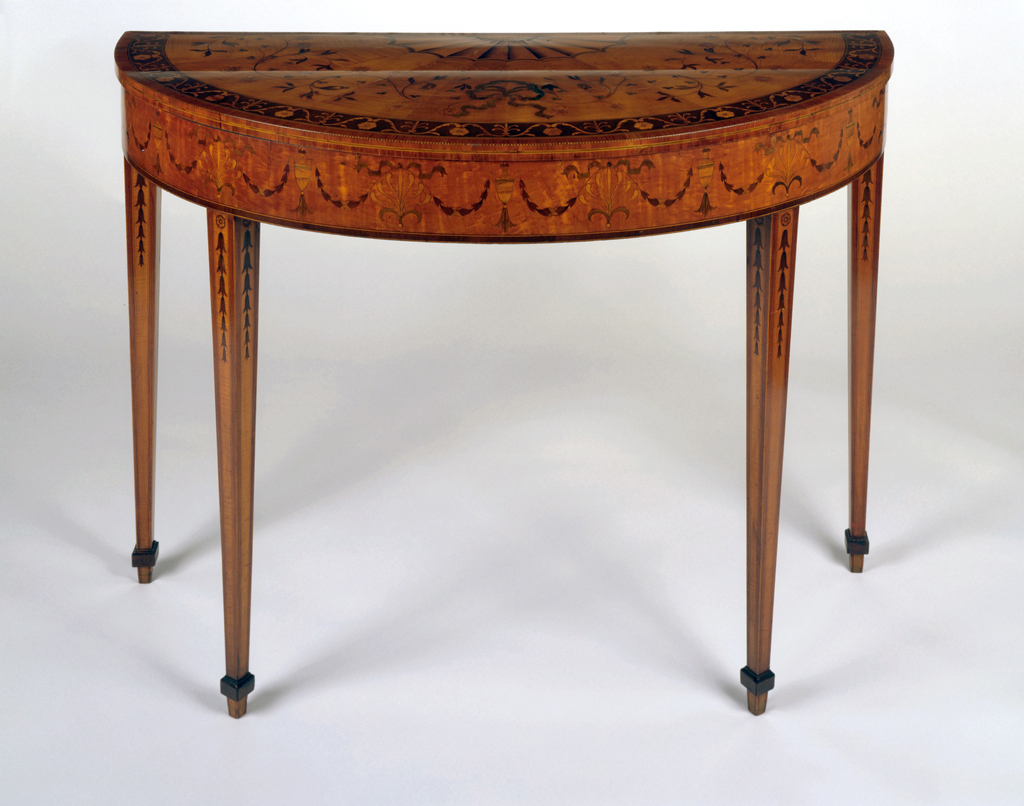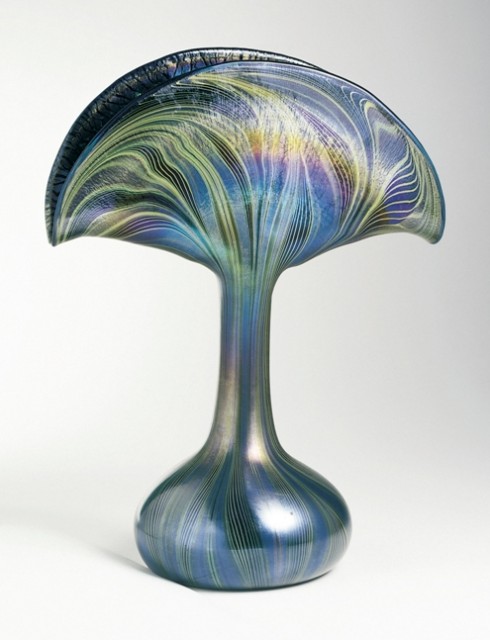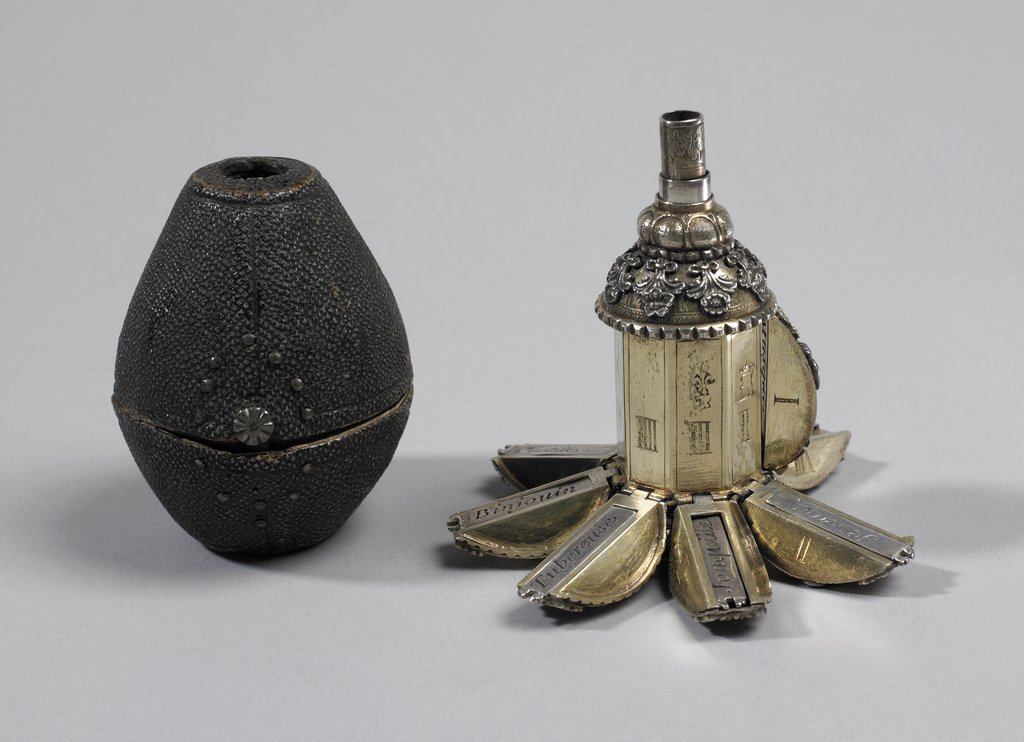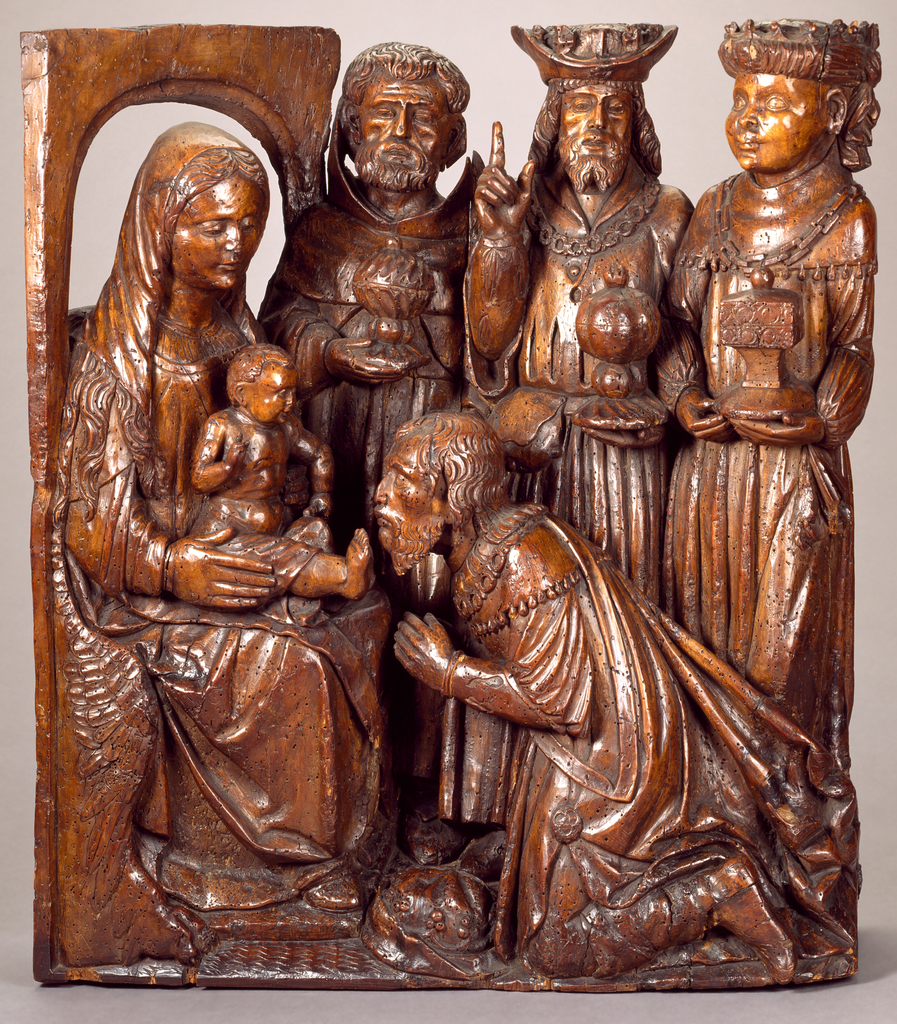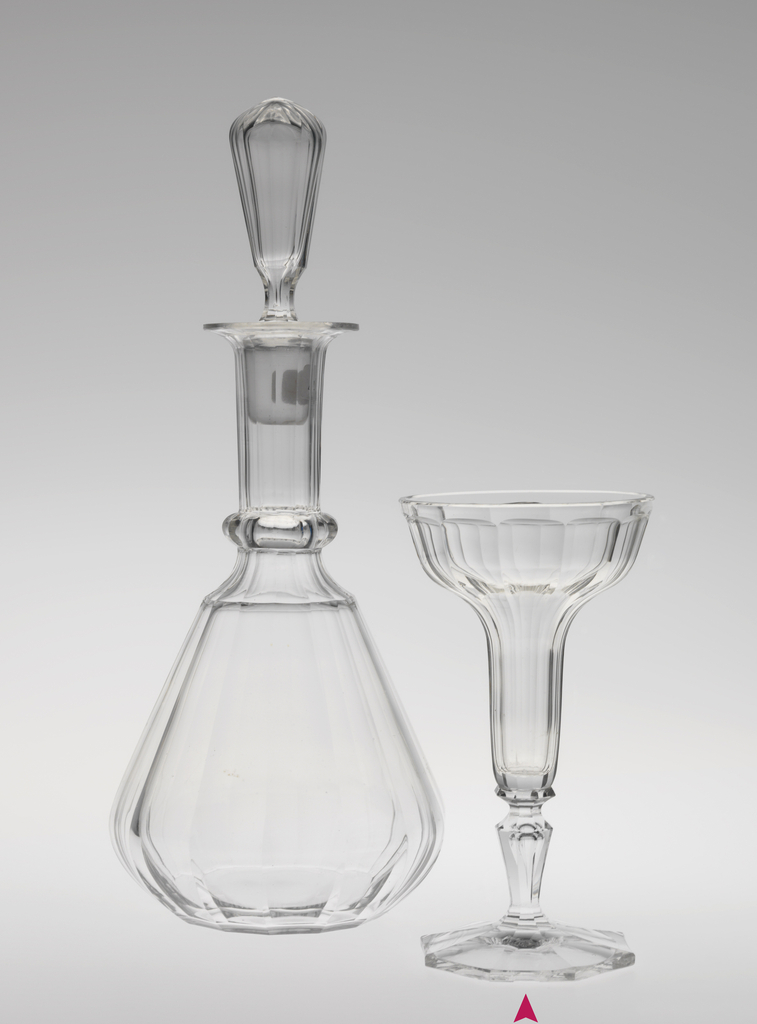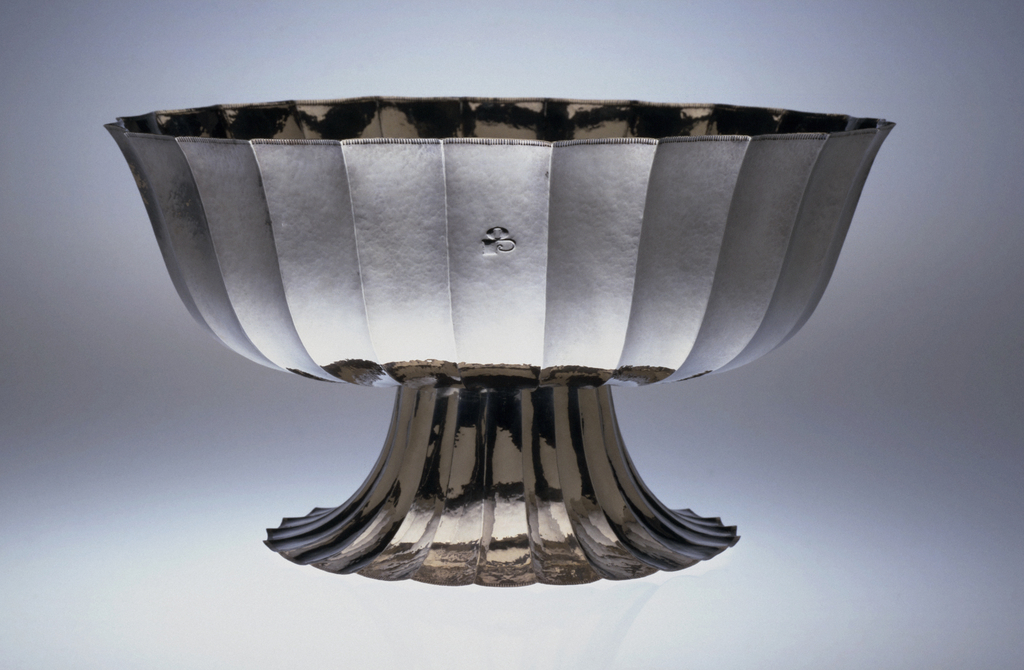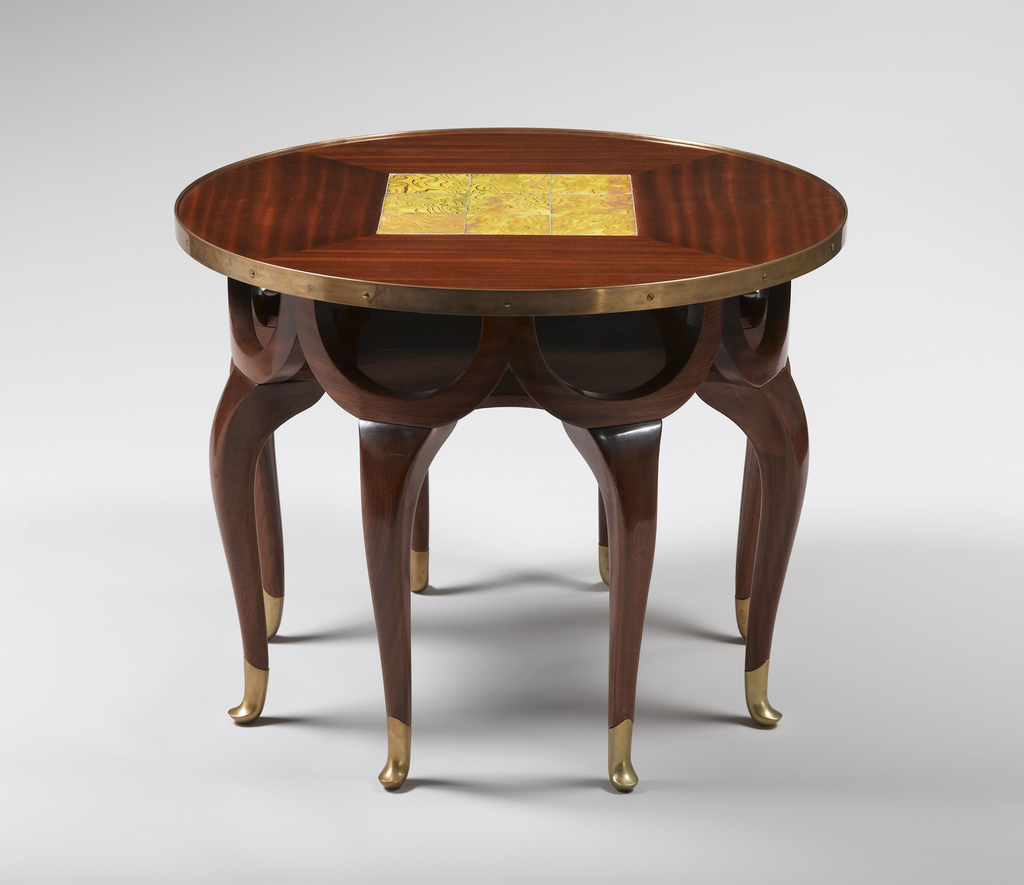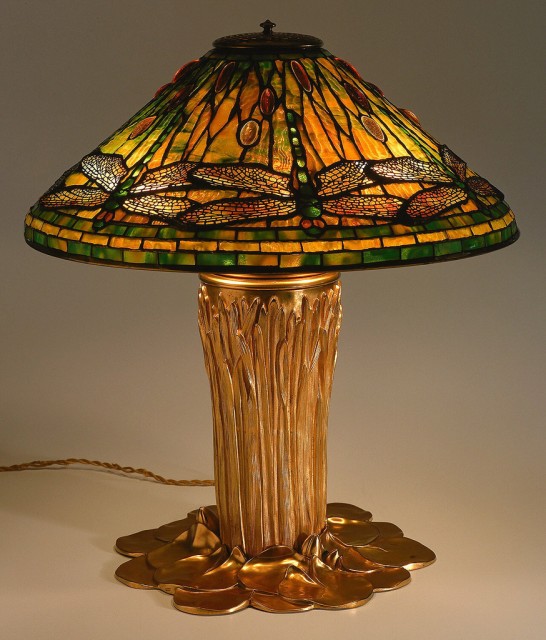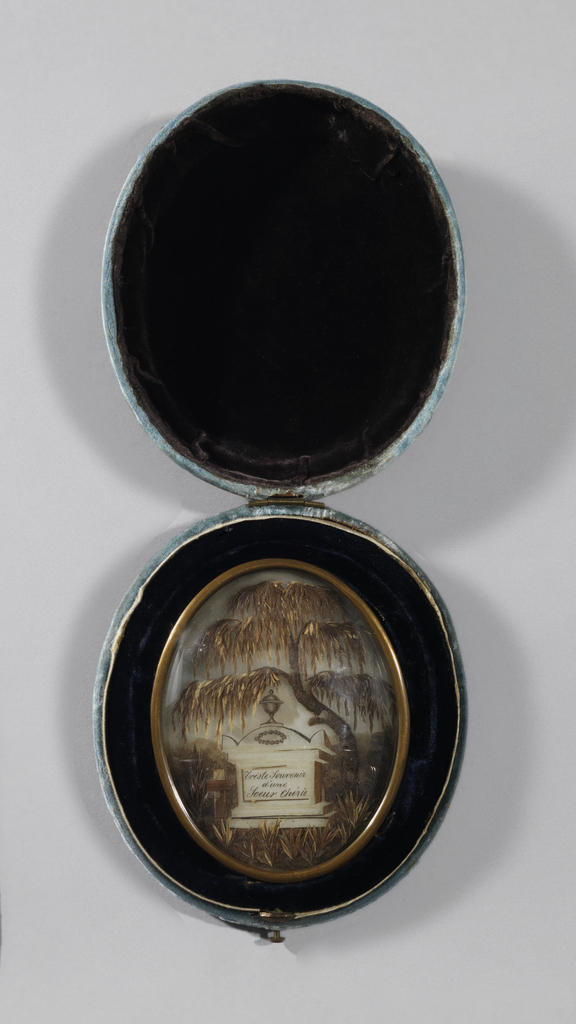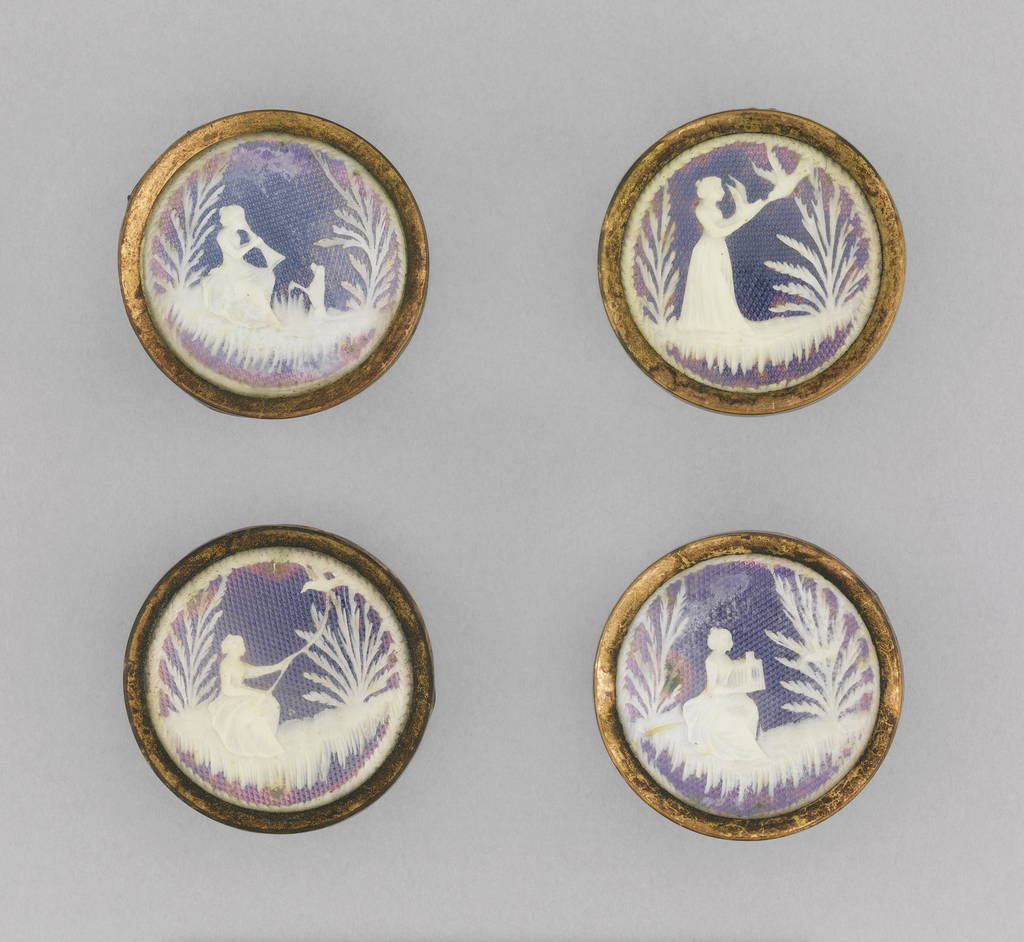A collector of English furniture once asked me if I recognized who might have made a chest of drawers he had purchased. It had beautifully executed inlays and was in an early neo-classical style that appeared to say it was made in London. In fact, the inlays looked like the work of the firm of...
Objects have many stories but this vase connects different cultures and different periods in more ways than most. When it appeared in Rococo: The Continuing Curve 1730-2008 at CHNDM, the Peacock Vase represented with its organic, sinuous forms the re-emergence of a curvilinear aesthetic in the Art Nouveau era of the Rococo style created in...
It is hard to imagine a time when spices were so precious that their containers were designed as jewelry or a rare accessory. Yet, that is what this pomander is; it’s name is derived from the French, pomum ambrae, referring to perfumes and perfumed ointment. Initially used for perfumes, pomanders evolved into objects that held rare...
“And when they were come into the house, they saw the young child with Mary his mother, and fell down, and worshipped him: and when they had opened their treasures, they presented unto him gifts; gold, and frankincense, and myrrh.” (Matthew 2:11). This sculpture, probably a product of the Rhine valley in Flanders, portrays the...
Those who drink champagne have varying ideas how bubbly it should be. This glass prompted me to think about how the shape of a glass affects the taste of champagne. Although we tend to associate saucer-style champagne glasses with elegant figures from the 1920s, this shape existed well before then. The Viennese firm J. & L. Lobmeyr has...
This elegant piece of silver is both modern and ancient. Not only does it connect to designs by Hoffmann in other media, such the glass vase with fluted base he designed for Lobmeyr and a fluted sidewall paper created by his follower Dagobert Peche, but it also relates to the classic designs of ancient Greece and Rome. Look...
I love to try to “read” an object. Looking at the Elephant Trunk Table (Elefantenruesseltisch in German), it is easy to see why it was so named. What is less clear is why this design came into being. The table’s eight legs, which might suggest an octopus, look like elephant trunks. They also suggest the...
I love the fact that this Tiffany lamp was purchased by the Carnegies, and that Cooper-Hewitt is located in their former house—a Fifth Avenue mansion completed in 1902. Old photos of the interiors of the Carnegie mansion show that the Carnegies were avid enthusiasts of Tiffany glass lamps, which appear in almost every room. It...
This touching object, made of hair cut into patterns, is a tribute to a lost sister. It expresses the neoclassical style of its day with the Greek-style tomb, but also references the sister’s Christianity by the presence of a cross that has been created from bands of hair. The tree is a weeping willow, an...
For centuries before Velcro and zippers came along, there were buttons! These charming scenes, carved from ivory and placed on colored foil, reflect tremendous care and skill and highlight the importance of buttons as fashion accessories. Even today, the choice of buttons can greatly impact the overall impression of a garment. These French buttons, from the...
